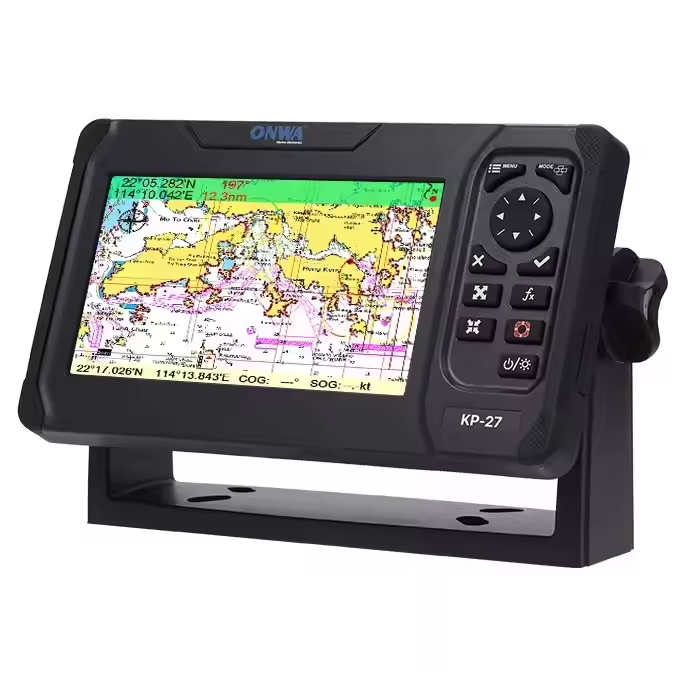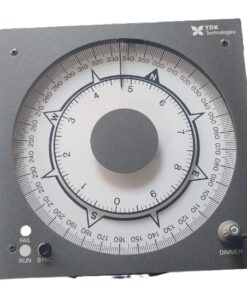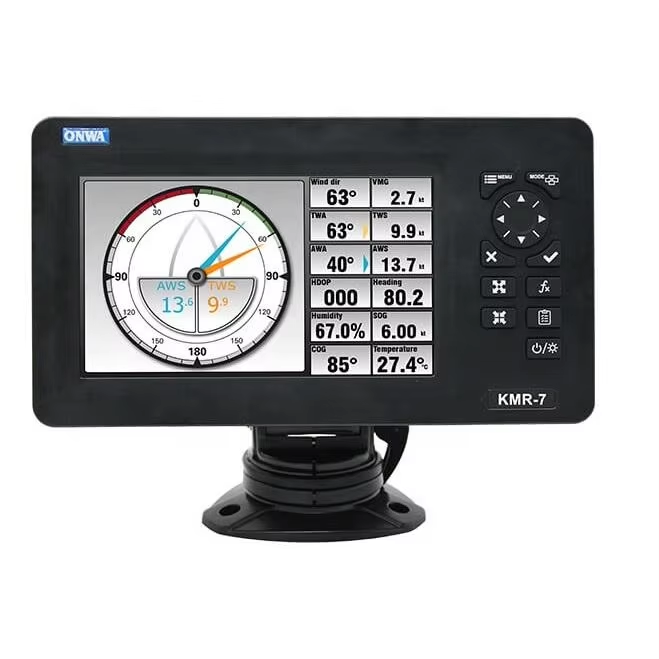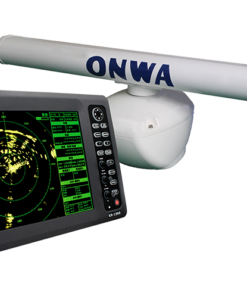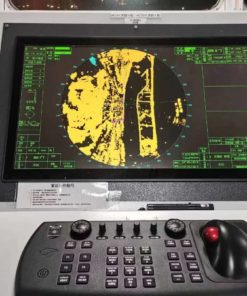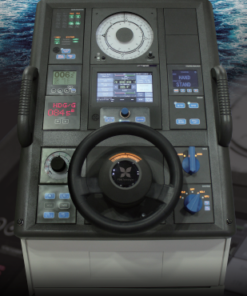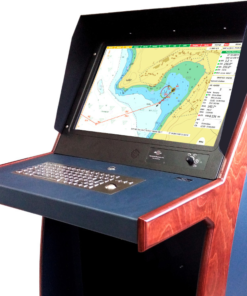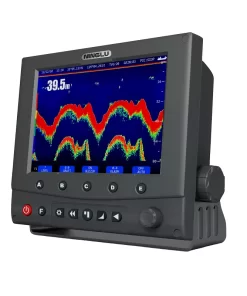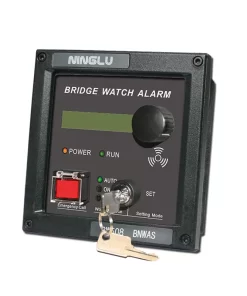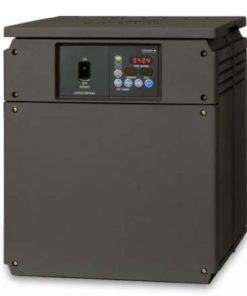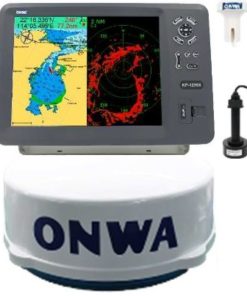VHF and UHF portable radios
VHF (Very High Frequency) and UHF (Ultra High Frequency) portable radios are compact communication devices commonly used in various industries, including public safety, construction, and hospitality. VHF radios operate within the frequency range of 30 MHz to 300 MHz, while UHF radios operate within the range of 300 MHz to 3 GHz. VHF radios are ideal for outdoor and open areas due to their longer wavelength, providing better coverage over large distances. On the other hand, UHF radios excel in indoor environments and urban settings due to their ability to penetrate obstacles like buildings and foliage. Both types offer reliable voice communication, making them essential tools for teams needing instant and dependable connectivity on the go.


